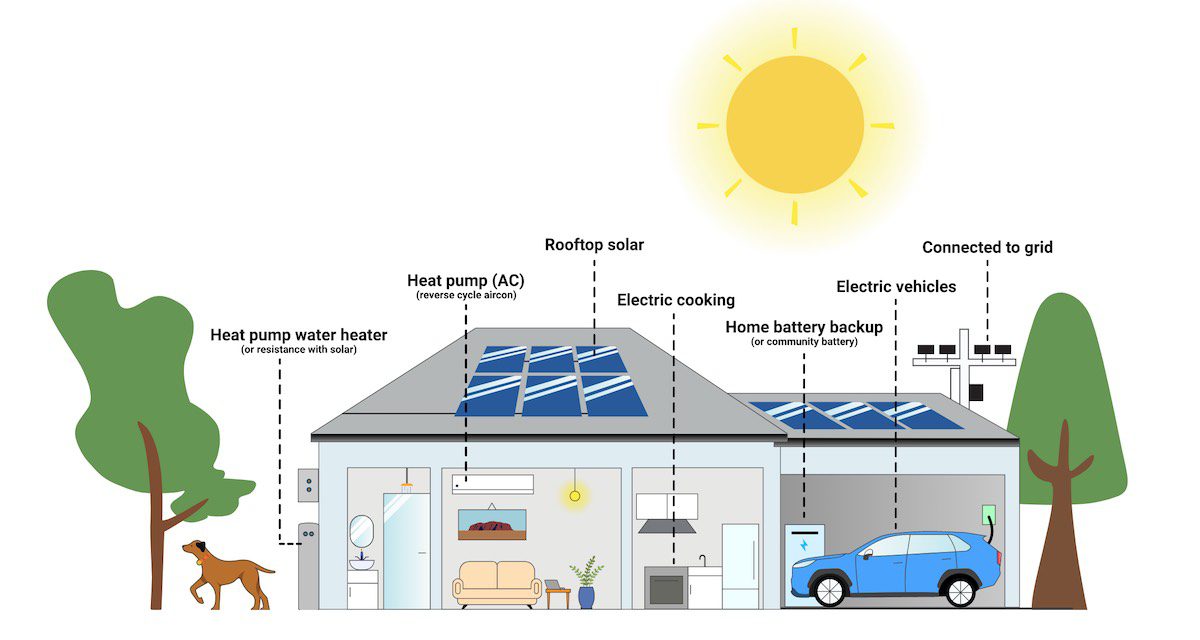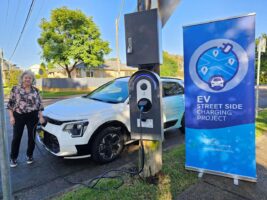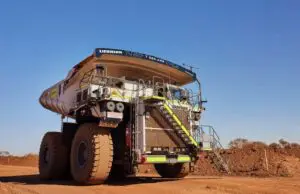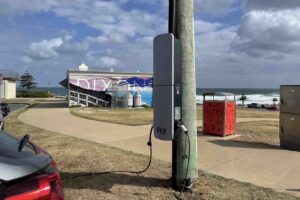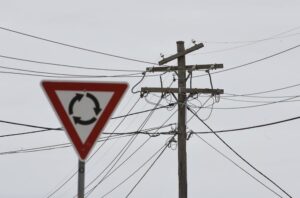Australian households – and the rooftop solar panels, batteries and electric vehicles they choose to buy and install – are now being recognised as a major driving force of the country’s green energy transition by the Australian Energy Market Operator.
The final version of the latest of AEMO’s 25-year planning blueprints, known as the 2024 Integrated System Plan, notes the huge scale of investments likely to be made by households and other consumers over the coming decades, changing the fundamental nature of the grid.
Some of the numbers are quite breathtaking.
Rooftop solar is expected to grow four-fold from more than 21 gigawatts now to 86 GW in 2050 and home batteries are expected to grow from just 1 GW now to an estimated 7 GW in 2029-30, and 34 GW in 2049-50.
EV ownership is expected to surge from the late 2020s – driven by falling costs, greater model choice and availability, and more charging infrastructure and by 2050 – according to the step change scenario, 97 per cent of all vehicles on the roads are expected to be full battery electric vehicles.
The crucial challenge for AEMO is to get “visibility” and to extent control over these assets because of their scale and their importance to the grid, particularly in their ability to vary demand and provide storage and other grid services at crucial times.
AEMO says that if these assets can be “well coordinated” they can deliver significant savings and, in the case of home batteries alone, will avoid $4.1 billion in costs for additional grid-scale investment in storage.
“Consumers are already a driving force in Australia’s energy transition and this is set to continue,” AEMO chief executive Daniel Westerman says.
“If consumer devices like solar panels, batteries and electric vehicles are enabled to actively participate in the energy system, then this will result in lower costs for all consumers.”
AEMO says other assets such as community batteries, household hot water and pool pumps are expected to also have the ‘smarts’ to help manage the import and export of electricity to the distribution grid.
“Achieving these savings depends on a mix of financial incentives, technology and communication standards, customer preferences, and market or policy arrangements – and in turn increased engagement between consumers, retailers, networks and other market participants,” the document says.
Some of this will be achieved through virtual power plants (VPPs), although AEMO says consumers who own these systems must be able to choose how they are used.
“They will need transparency and material benefits to ensure they support, with confidence, their systems being coordinated with the power system.”

The ISP notes that household energy use is almost entirely made up from lighting and various appliances, but total consumption is expected to triple in coming decades as they use more electricity for heating, cooling and cooking, and to charge their electric vehicles.
That will take total consumption to 150 terawatt hours (TWh) by 2050, but more than two thirds of this will be offset by more rooftop solar, energy efficient buildings and appliances, and changes in behaviour, which will reduce reliance on the grid back down to around 50 TWh, about where it is today.”
Households can draw electricity either direct from their rooftop solar, from the grid, from their household or community batteries, or even from EVs that are able to discharge their batteries,” the document says.
AEMO has ramped up its interested in CER, under pressure from many analysts and lobby groups, and is rapidly shifting its approach from a problem that needs to be solved – it wants visibility and some control over these assets – to an opportunity to accelerate the energy transition.
“While we are pleased the Final ISP contains greater consideration and quantification of the role of consumer energy contributions, bringing together rooftop PV, Behind the Meter storage and EVs, it is critical to ensure consumers are in control of their assets to reduce their bills and build trust,” said Stephanie Bashir of Nexa Advisory.
“It is important now that further work is undertaken to enable these energy resources to support the transition by rewarding consumers for their participation, not penalising them.”

